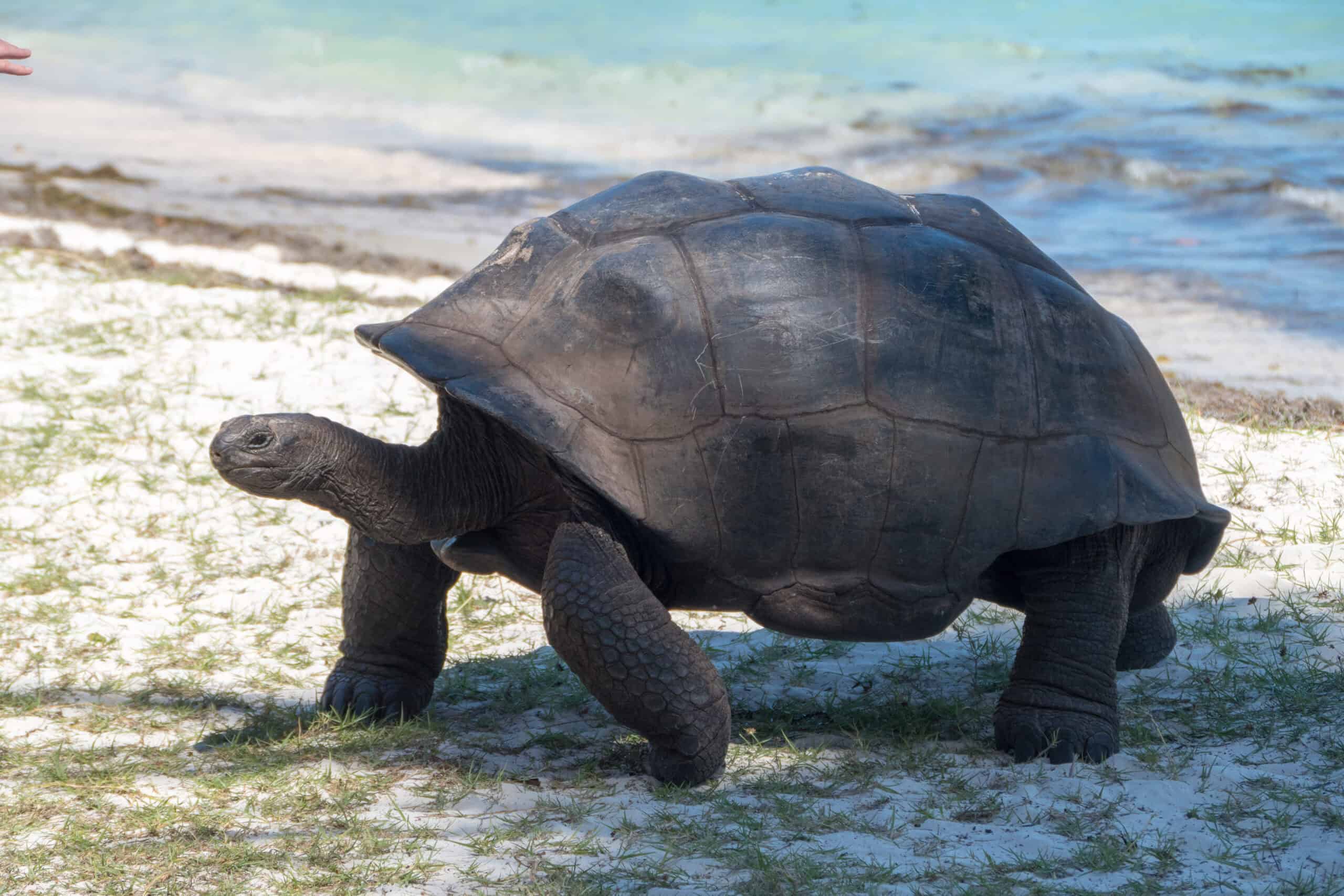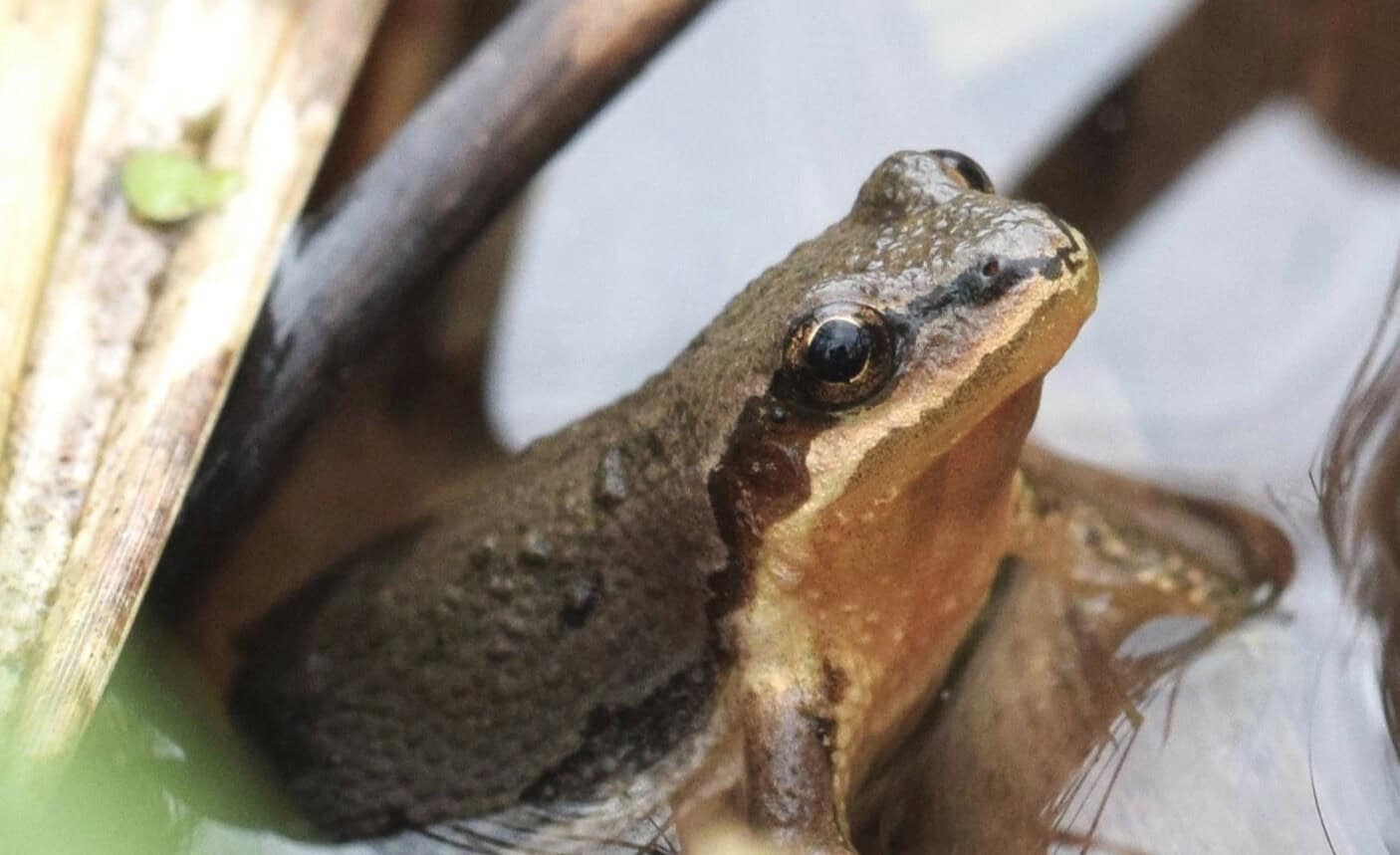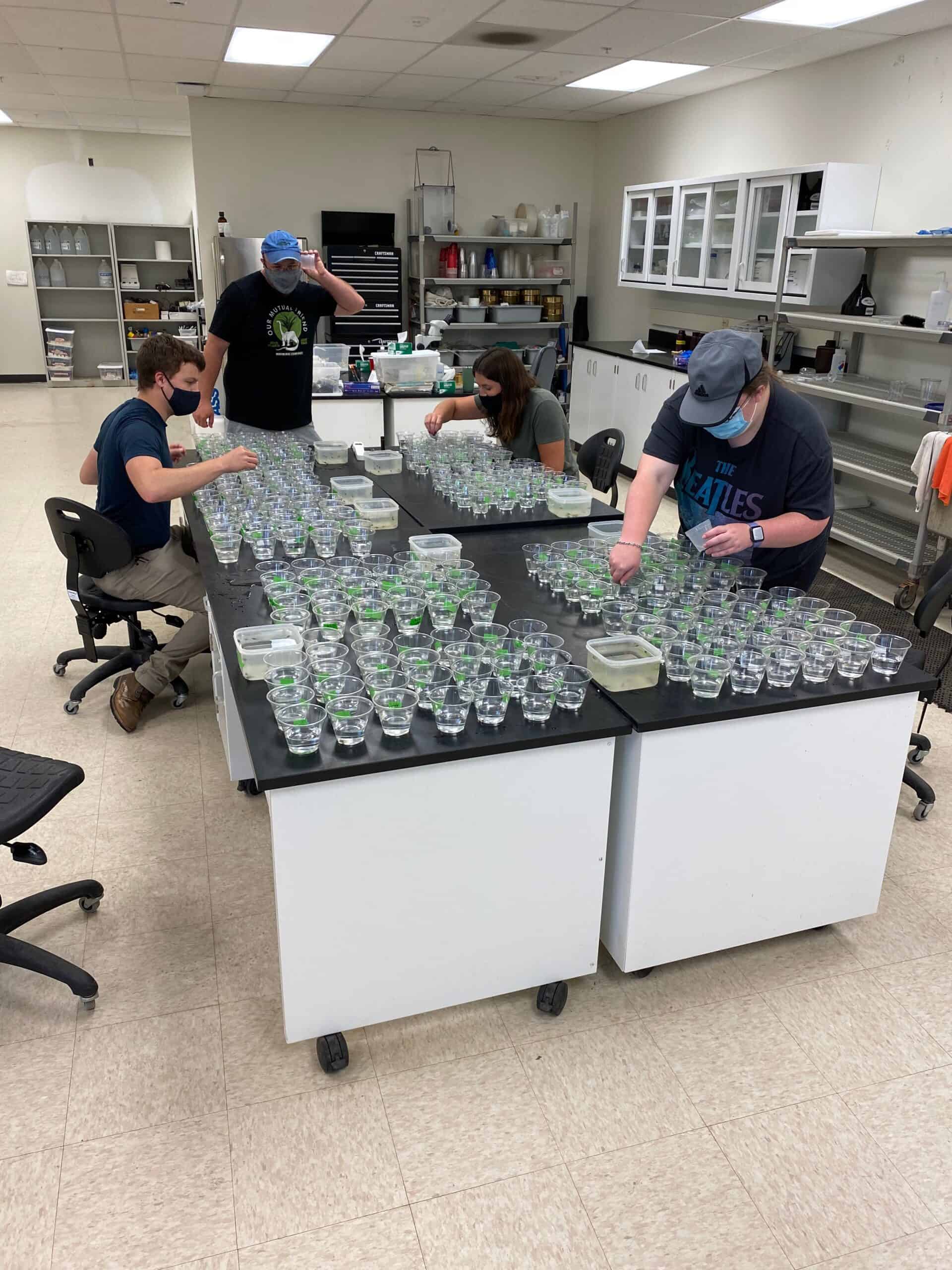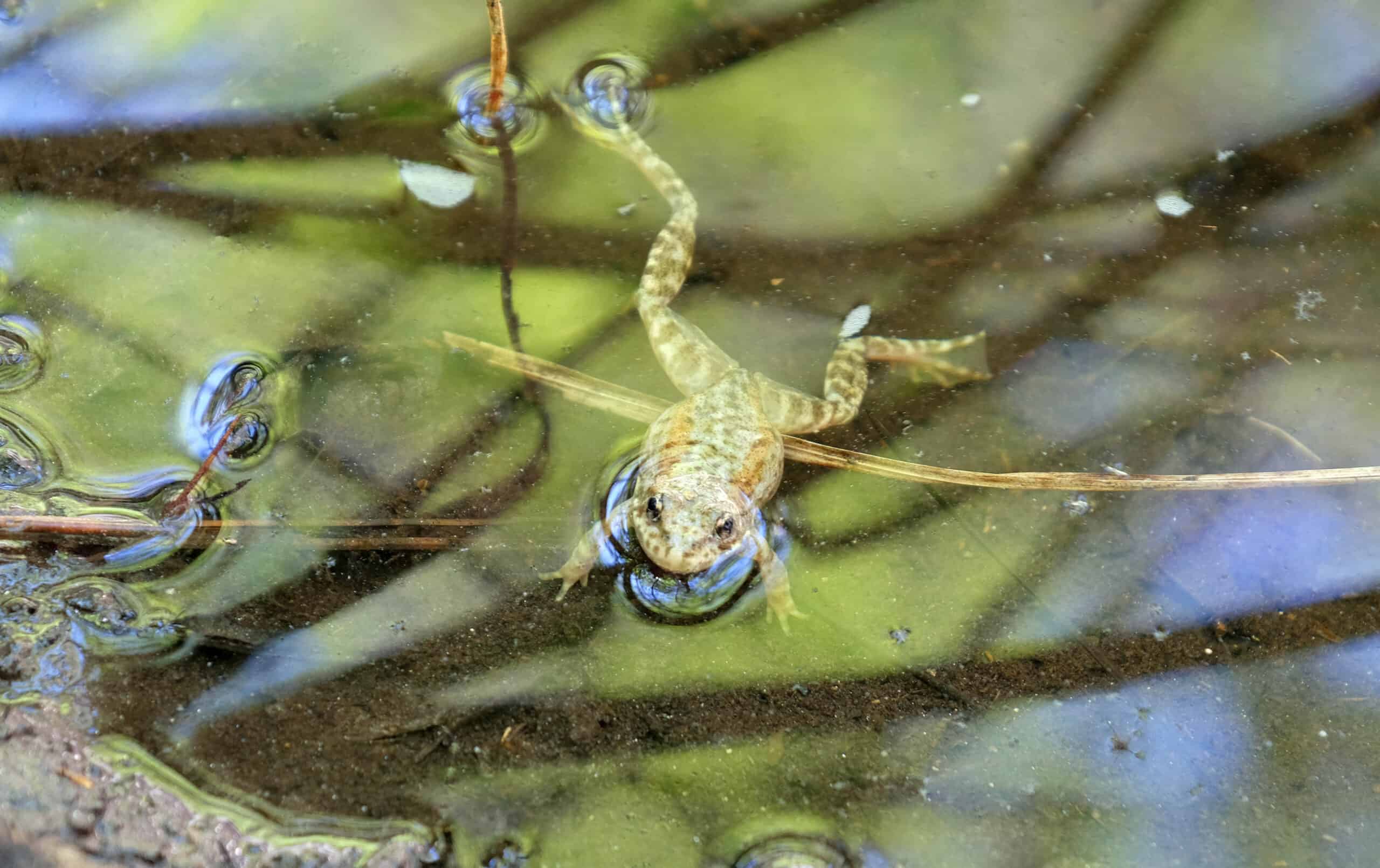Share this article
Wildlife Featured in this article
- Española giant tortoise
Q&A: Rewilding the reptile way
Tortoises and other reptilian herbivores may help restore working ecosystems
When you think about species reintroduction or the more controversial topic of rewilding, large species often come to mind, like bison (Bison bison), which once occupied vast territories.
But in a review published recently in Global Ecology and Conservation, Gavin Stark, from the German Center for Integrative Biodiversity Research Halle-Jena-Leipzig, and his colleague Mauro Galetti, a professor from São Paulo State University in Brazil, suggest more focus should be put on herbivorous reptiles, such as tortoises or iguanas.

“Trying to focus on these groups which are highly endangered and on the brink of extinction are much more effective than trying to put all your eggs in one basket,” Stark said. “The bias that we see against reptiles in these kinds of conservation programs is really problematic.”
We spoke with Stark to learn more about how wildlife managers and conservationists should consider herbivorous reptiles in their projects. His replies are edited for brevity and clarity.
Why reptiles?
When you go through the scientific literature, most studies focus on reintroducing mammals or birds. Most conservation programs and funding also go towards mammals and birds. In rewilding initiatives worldwide, we find the same pattern. There is a gap in the scientific literature even though reptiles and amphibians are at much higher risk of extinction.
Why do reptiles and amphibians face more extinction danger?
Reptile and amphibian species are still being discovered. If you look at reptiles and amphibians throughout the years, you’ll see that this group is growing a lot. But they don’t get most of the funding because most organizations market tigers or eagles, and not snakes or toads.
Amphibians are very sensitive to changes in their environment, like pollution or other issues, that people cause. Amphibians have the highest extinction rate and extinction risk around the world. More than 40% of amphibians today are at risk of extinction. In reptiles, it’s more than 20%. Mammals and birds have lower numbers.
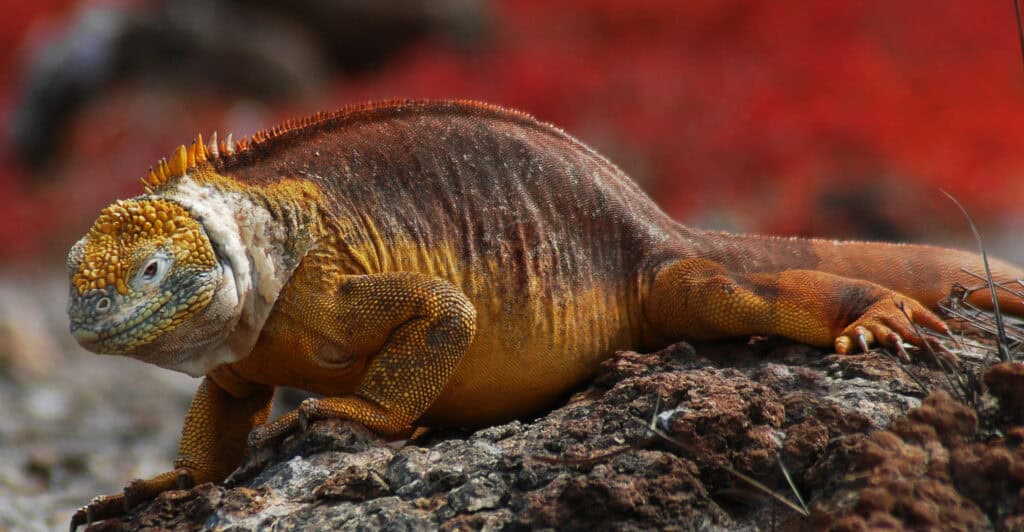
What benefits can reptiles provide in rewilding projects?
The ultimate goal is trying to create this kind of wild area—these self-sufficient areas of nature just being nature. You can have these functional connections between different species, and eventually these kinds of areas will become much closer to something we call natural or wilder areas. This is the goal—not to recreate the past but trying to recreate self-sustaining or independent natural processes that happen without our interventions.
Reptiles are relatively easy to handle and care for in captivity. Compared to mammals, they require more straightforward husbandry measures and are more cost-effective to raise in captivity. This makes it easier to maintain and breed multiple generations of reptiles, ultimately creating a sustainable population for release into natural habitats. Mammals, on the other hand, have more complex reproduction requirements, making it more challenging and expensive to manage their populations in captivity.
With tortoises, one of the main reptilian groups I talk about in my paper, their reproduction is really slow, so they are really easy to count and measure. If there is a population explosion, you can manipulate the population by moving some individuals to other areas or reintroducing predators that can regulate their numbers. From a logistical point of view, it’s much easier to rewild using reptiles as opposed to mammals.
Also, the social aspect of reintroducing mammals can be controversial. There are political debates in Europe about whether to reintroduce the wolf. If you discuss trying to reintroduce an herbivorous reptile, you will get much less backlash.
Why herbivorous reptiles rather than carnivorous?
Herbivorous reptiles can have a significant impact on the ecosystem through grazing, browsing, trampling and other functional roles. Famous examples include Galapagos tortoises and species in the Seychelles that act as ecosystem engineers. Simply by being present and engaging in life processes like eating and defecating, they can create different habitats. Their effect can be similar to that of elephants in the savanna.
One of the most famous examples are the Galapagos species. The Española giant tortoise was introduced on Española, Isabela, Pinzón, San Cristóbal, Santa Cruz and Santiago. Once they reintroduced the species, they managed to help the dispersal of an endangered plant species—the main food source for many other species. Eventually, the return of these tortoises really changed the environment to conditions before humans introduced species like goats.
Header Image: The Aldabra giant tortoise (Aldabrachelys gigantea) has been introduced to a number of islands in rewilding projects. Credit: Peter Wilton



